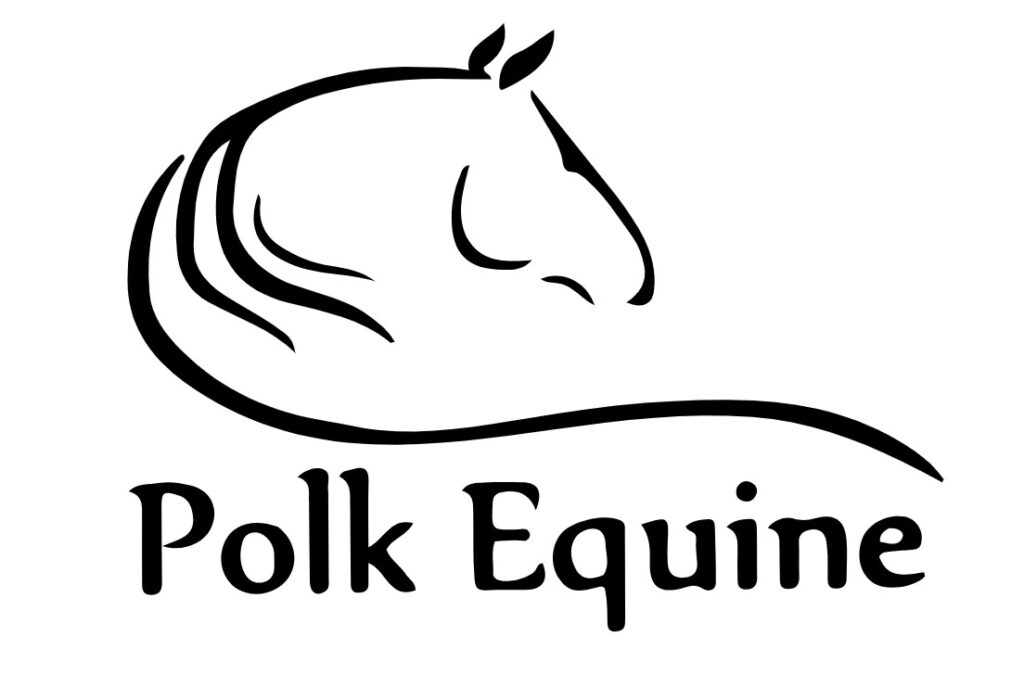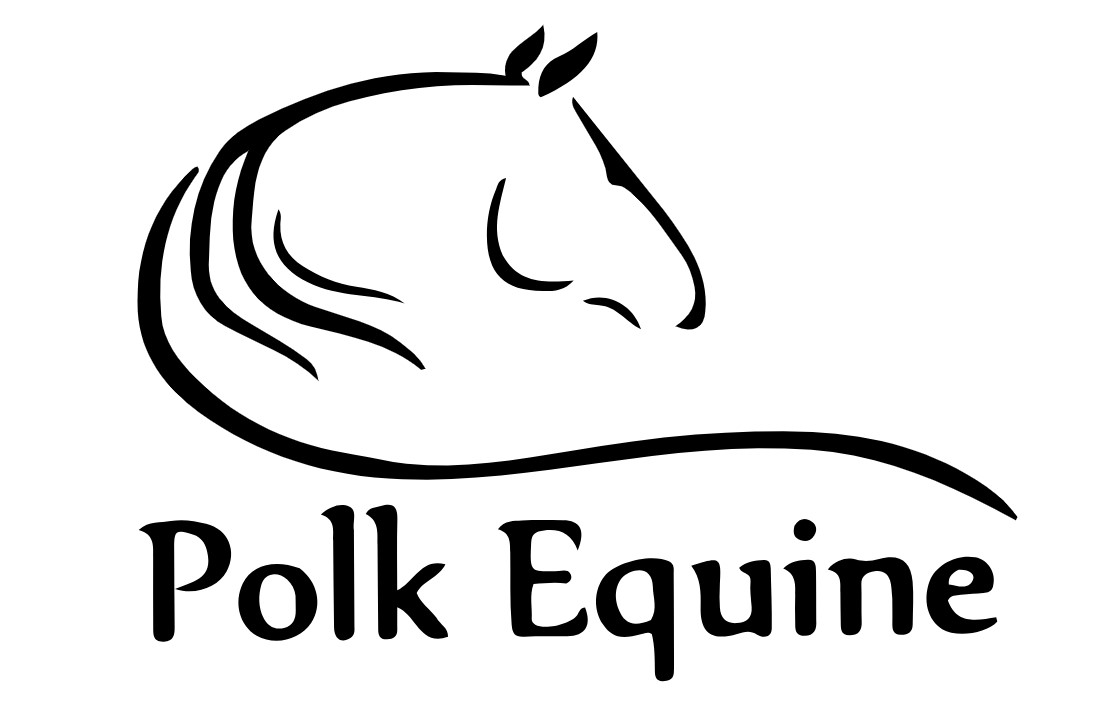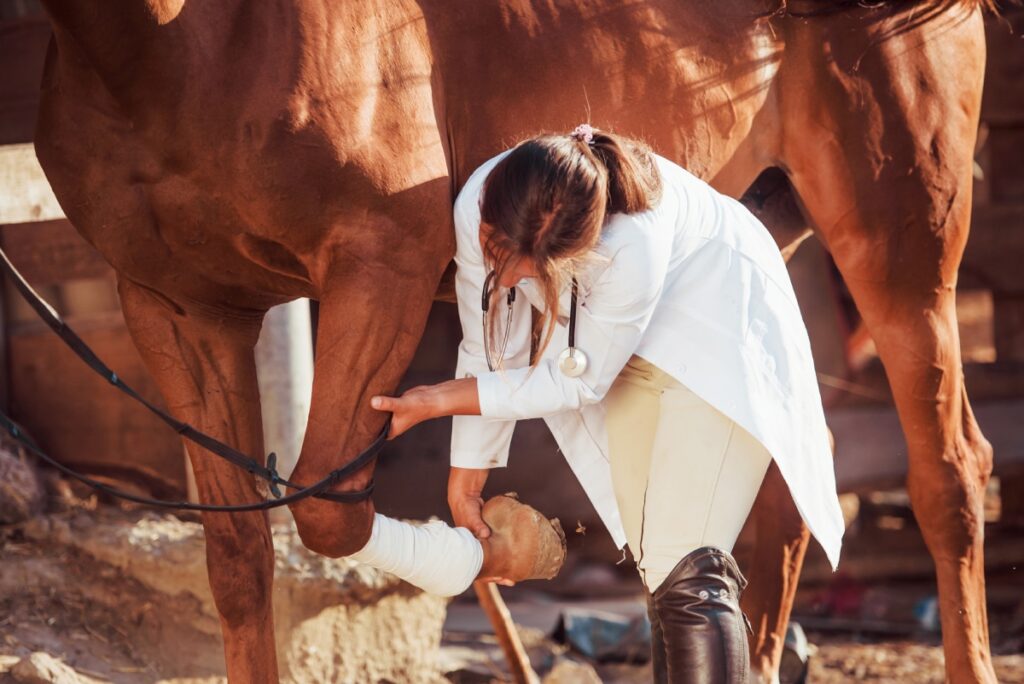The majority of horse lameness issues are in the foot. The horse will most often have a significant limp or not want to use the limb. There are other possibilities for such a significant lameness such as a fracture, septic joint or tendon injury but unless there is a large wound or significant swelling on the leg, start first by looking at the foot. Foot abscesses or bruises are arguably the most common causes of foot pain in horses. The typical foot abscess presents as sudden onset with a crippling lameness.
Abscesses are commonly seen with wet pasture conditions or heavily soiled stalls. Foot abscesses are caused by bacteria that manage to work their way into the foot and then get sealed inside leading to the creation of a gas and pus pocket inside the hoof. Abscesses can be caused by stone bruising, other hoof trauma or poor quality/cared for hooves.
Sudden onset of a debilitating lameness should result in a phone call to your veterinarian. Without limb swelling or a wound, you can be relatively confident that the pain is coming from the hoof. Your veterinarian may use a local nerve block to isolate the lameness to the hoof. Once the cause of the pain is located in the foot, they may be able to locate and open a shallow abscess for almost immediate relief. Other options to help the abscess mature and rupture are to use a poultice or warm water soaks with Epsom salts.
You can minimize the risk of abscesses with routine hoof care and hygiene. This should include picking out your horse’s hooves daily, avoid walking your horse on large gravel or rocky footing, having your farrier out to your horse every 5-7 weeks and where possible provide clean/ dry stalls or pasture for your horse.




